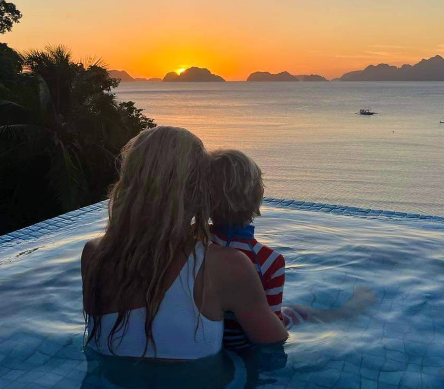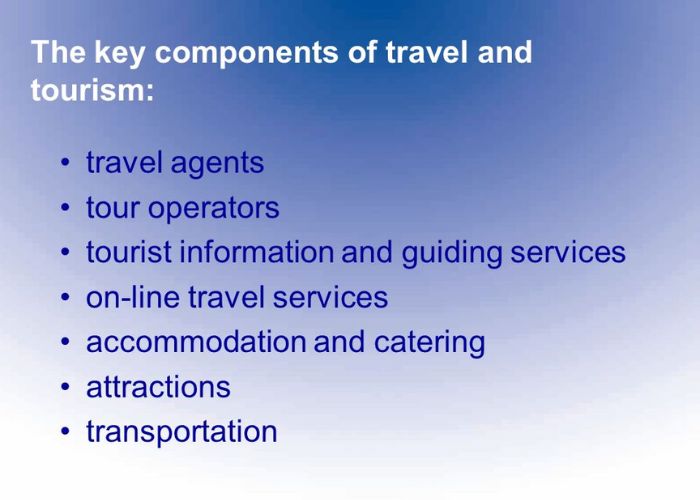It has for quite some time been perceived that movement has the ability to change and instruct. Teachers are beginning to recognize the importance of travel as a pedagogical tool beyond just the tourism industry. With legitimate readiness, a movement educational plan can possibly improve understudies’ opportunities for growth, motivate them to embrace worldwide citizenship, and bestow an appreciation for different societies. This article investigates the idea of a movement educational plan, going over its advantages and downsides as well as things to consider while sorting out an instructive excursion that can possibly influence individuals’ lives. Let’s read below,”Key Components of a Travel Curriculum.
Table of Contents
I. The Rationale for a Travel Curriculum:
Experiential Learning Opportunities:
Conventional homerooms probably won’t have the option to give a similar depth of involvement advancing as an excursion. Students’ problem-solving and adaptability skills are enhanced when they are exposed to real-world issues through immersive experiences in various locations.
Cultural Competence and Global Awareness:
In this interconnected world, the capacity to comprehend and work inside various societies is fundamental. Through movement and social drenching, understudies can upgrade their global correspondence capabilities and gain a more extensive viewpoint on the world.
Personal Development and Self-Discovery:
There are amazing open doors for self-awareness and light while voyaging. One can foster flexibility, confidence, and a more extensive viewpoint by venturing beyond one’s usual range of familiarity, confronting new difficulties, and adjusting to different conditions.
II. Key Components of a Travel Curriculum:
Pre-Travel Preparation:
Understudies ought to sign up for explicit courses that cover points like social ability, language capability, and travel morals and obligations to get ready for their excursion. At this stage, the design is set up for the excursion’s enormous associations.
On-Site Learning Experiences:
The majority of the trip plan is made up of learning opportunities at the destination. Social establishments, certain objections, and interchanges with neighborhood organizations can extensively chip away at researcher and mindfulness.
Reflective Practices:
It is essential to incorporate methods for reflection prior to, during, and after the trip. In order to assist students in managing their experiences, defying their predispositions, and acquiring new experiences, we offer journaling, group discussions, and interviewing meetings.
Collaborative Projects:
Animate bundles practices that exploit the objective’s original qualities. Activities like local area administration, research, and social trade projects can help kids develop a sense of responsibility and global citizenship.
III. Challenges and Considerations:
Accessibility and Equity:
When arranging an outing’s educational program, remember openness and uniformity. To ensure that all understudies can participate, regardless of their monetary circumstance, we want clever fixes like virtual other options, sponsorships, or pledge drives.
Safety and Risk Management:
It is important to focus on the anticipation of conceivable travel risks. Severe well-being methods, exhaustive gamble appraisals, and fall backs ought to constantly be close by in the event of well-being, security, or unexpected conditions.
Integration with Academic Standards:
Adjusting the movement educational plan to scholarly principles is pivotal for guaranteeing that understudies’ learning objectives are fulfilled. It will take cooperation between executives, teachers, and travel industry specialists to understand the vision of coordinating scholarly meticulousness with experiential learning.
IV. Case Studies: Successful Implementations of Travel Curricula
Global Studies Immersion Program:
Find out how a school’s global studies curriculum successfully incorporated a travel curriculum. Emphasize the impact on students’ cultural awareness, performance in school, and prospects after graduation.
High School Exchange Program:
Examine the foreign student exchange program at a nearby high school. Continue reading to learn about the events that changed people’s lives and how they came to appreciate other cultures.
V. Future Directions and Innovations:
Virtual Travel Experiences:
Because of headways in computer generated simulation and expanded reality, it is currently practical to reproduce credible travel encounters without truly going out. Examine the possibility of incorporating virtual tours into current classes to address accessibility issues.
Integrating Sustainable Practices:
Stress that eco-accommodating practices should outweigh everything else in all movement classes. Examine the positive effects on students and host communities of ethically responsible and community-engaged tourism.
Interdisciplinary Approaches:
To advance multidisciplinary techniques, it is empowered that personnel from numerous scholastic fields cooperate. Get regard for the manners in which understudies can gain thorough schooling by coordinating travel encounters with courses in fields like history, writing, science, and human expression.
VI. Conclusion:
In conclusion, by fostering self-improvement, cultural awareness, and practical experience, a well-designed travel curriculum has the potential to significantly influence education. The success of such projects depends on careful planning, being aware of problems, and constantly coming up with new ideas. In addition to fostering a generation that is more globally aware and empathetic, educators and institutions that investigate the possibilities of travel curricula support the intellectual development of students. I hope you like reading,”Key Components of a Travel Curriculum”.

Sophie Turner is the adventure travel writer behind AdventureTravelFam.com. With over 10 years of experience in travel writing and a Master’s degree in Tourism Management, Sophie shares her expertise in exploring unique destinations and providing family-friendly travel tips. Follow her adventures on Instagram @adventure_travelfamily.





